Stroom Invest interviews / artist Dewi Bekker
Dewi Bekker studied Fashion design at the Royal Academy of The Hague and is co-founder of the collective Das Leben am Haverkamp. In her work she moves around the extent in which way visual identity and the alter ego can be shaped. In her research she is driven by the questions how someone can be unrecognizable but not anonymous and is the physical body needed to display a visual alter ego?
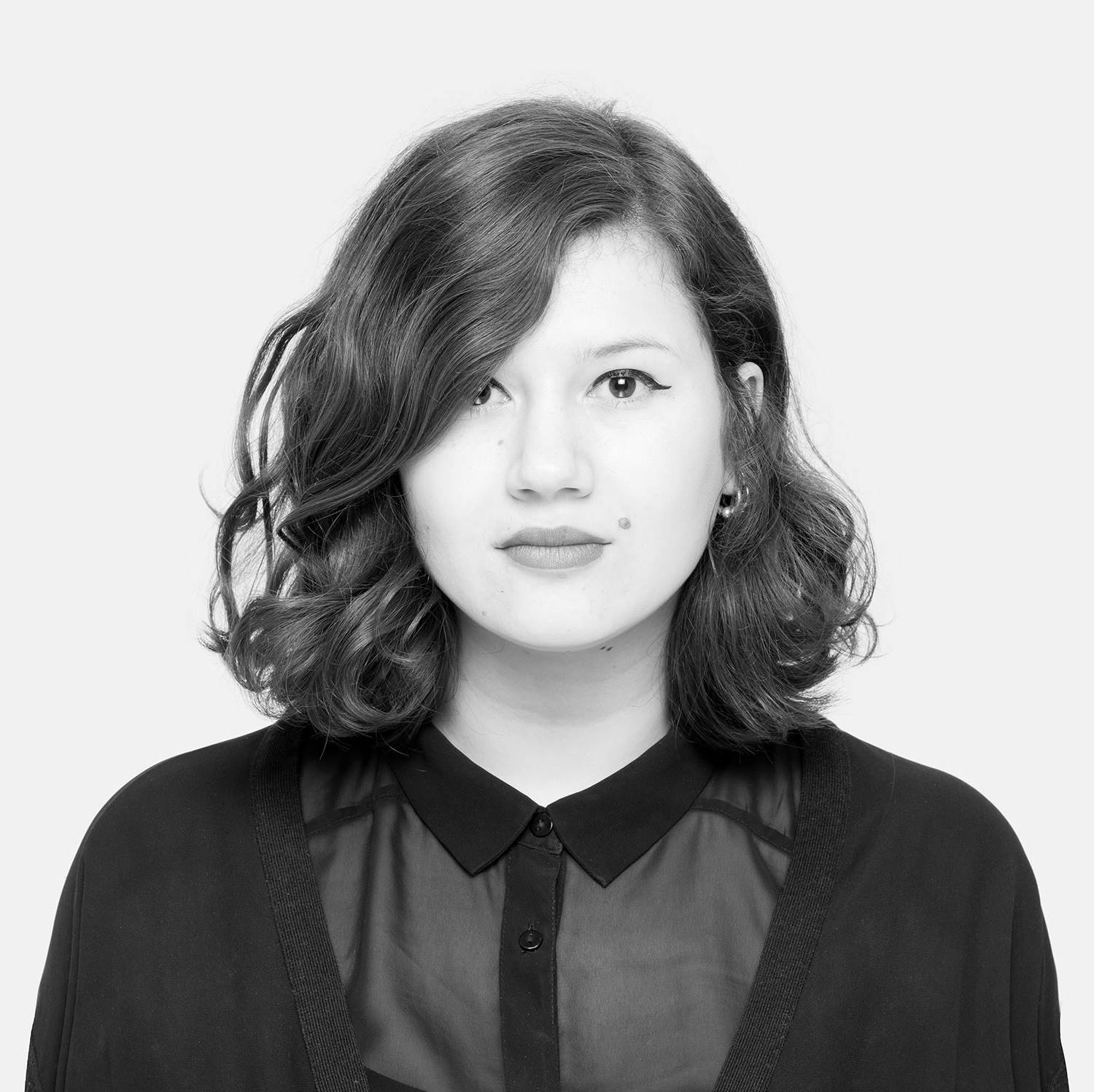
In her studio, amidst dozens of experiments with new material, concepts and sketches interviewed Dewi about visual identity, forming an alter ego of someone without the human body present and the boundaries of fashion, design and sculpture.
The alter ego is an important theme in your work?
I’m fascinated by the feasibility of visual identity. It stems from the discomfort that I experience when everyone can present themselves as they want, online and offline.
Is there a difference for you in the presentation of an online identity and a physical, visual identity?
Investigating the physical, visual identity fits my artistic practice in which I’m researching materiality and tactility, experimenting with recognisability and present work. But I also experience an discomfort in the presentation of identity online. I myself tend to make myself invisible as an artist on social media; my work is shown but I do not showcase myself. I find it uncomfortable to present myself, it feels very “chosen” and artificial.
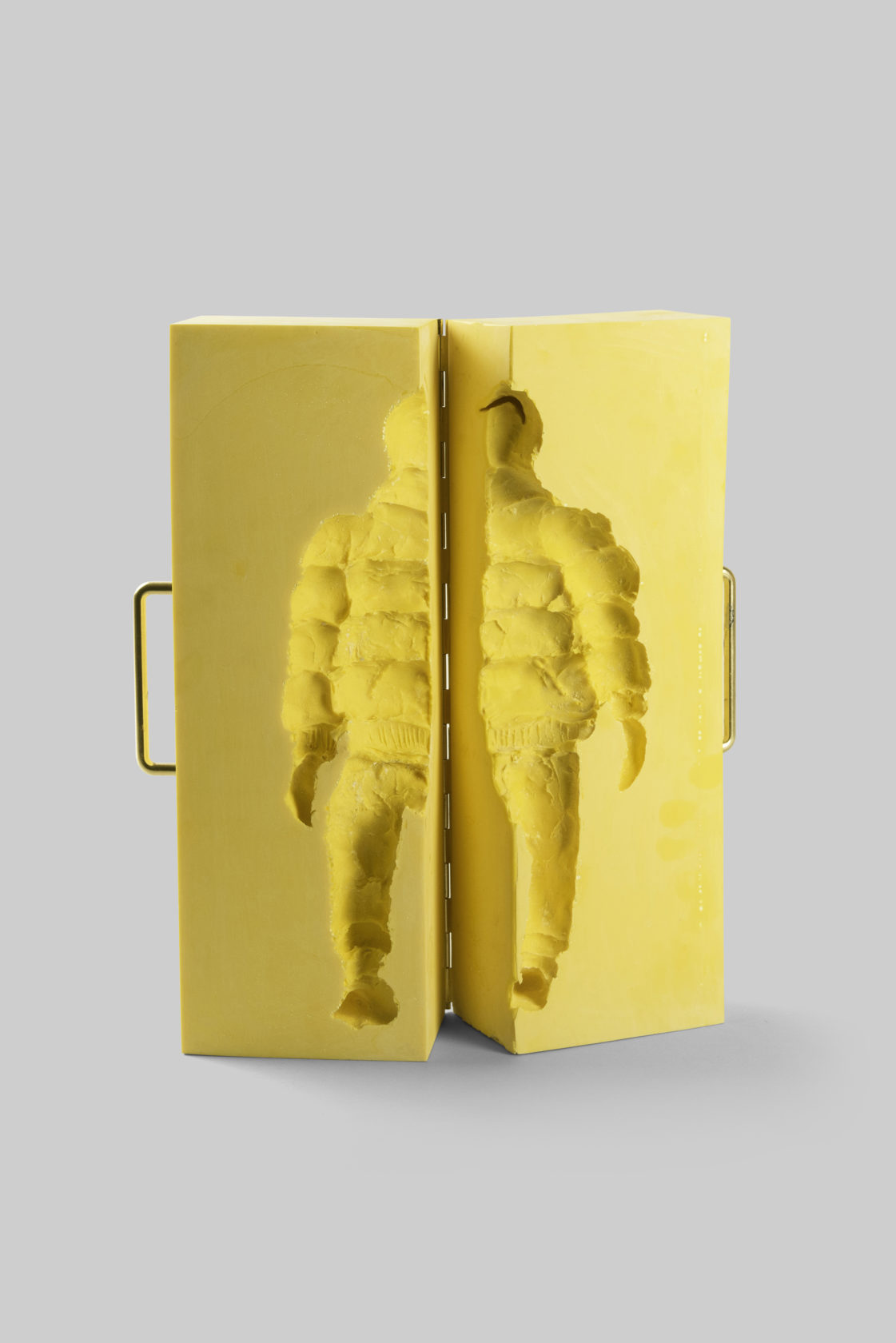
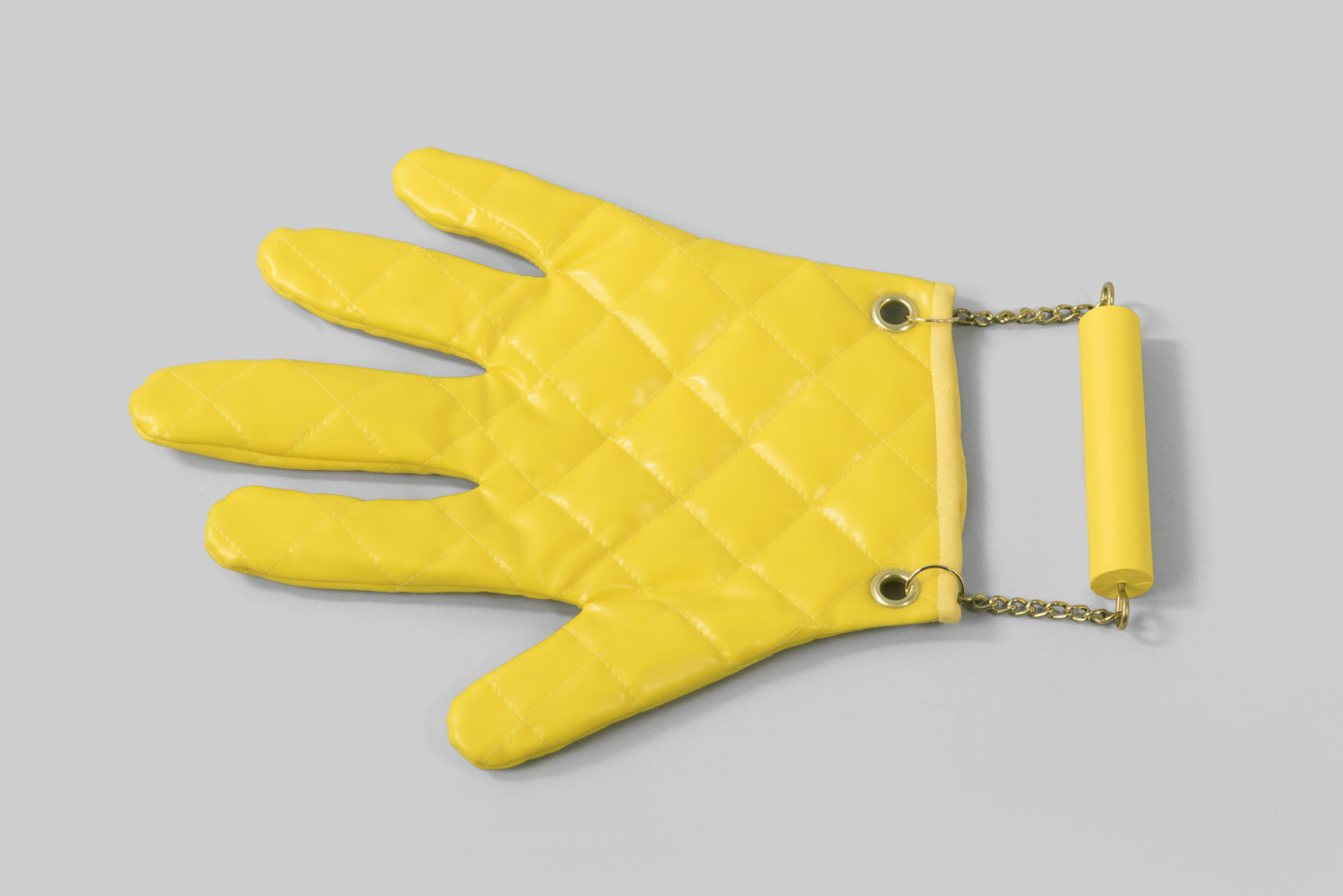
Can you describe the discomfort with this visual presentation you explore in your work?
The manufacturability of your identity is linked to the question: “What is truth?” Although It’s a big question, it’s also an important one in my work, specifically in my alter ego research. For example: you can put on a fake mustache and you are someone else for someone who doesn’t know you that well. But for an acquaintance this is not enough. So you have to put on a costume that completely deforms or hides your body and face, but then you become a facade, a thing. Instead of having an different identity you’re anonymizing yourself. I am looking for that turning point in which you can distort your identity so that people will see an alter ego, but without creating a distance.
Like the man in your tie-project?
You mean the man with the tie and mask from my graduation project? (title: I would like to drink beer high among the Aesir) Yes, that turning point has been an area of interest for a long time for me, but in the beginning only in the context of fashion.
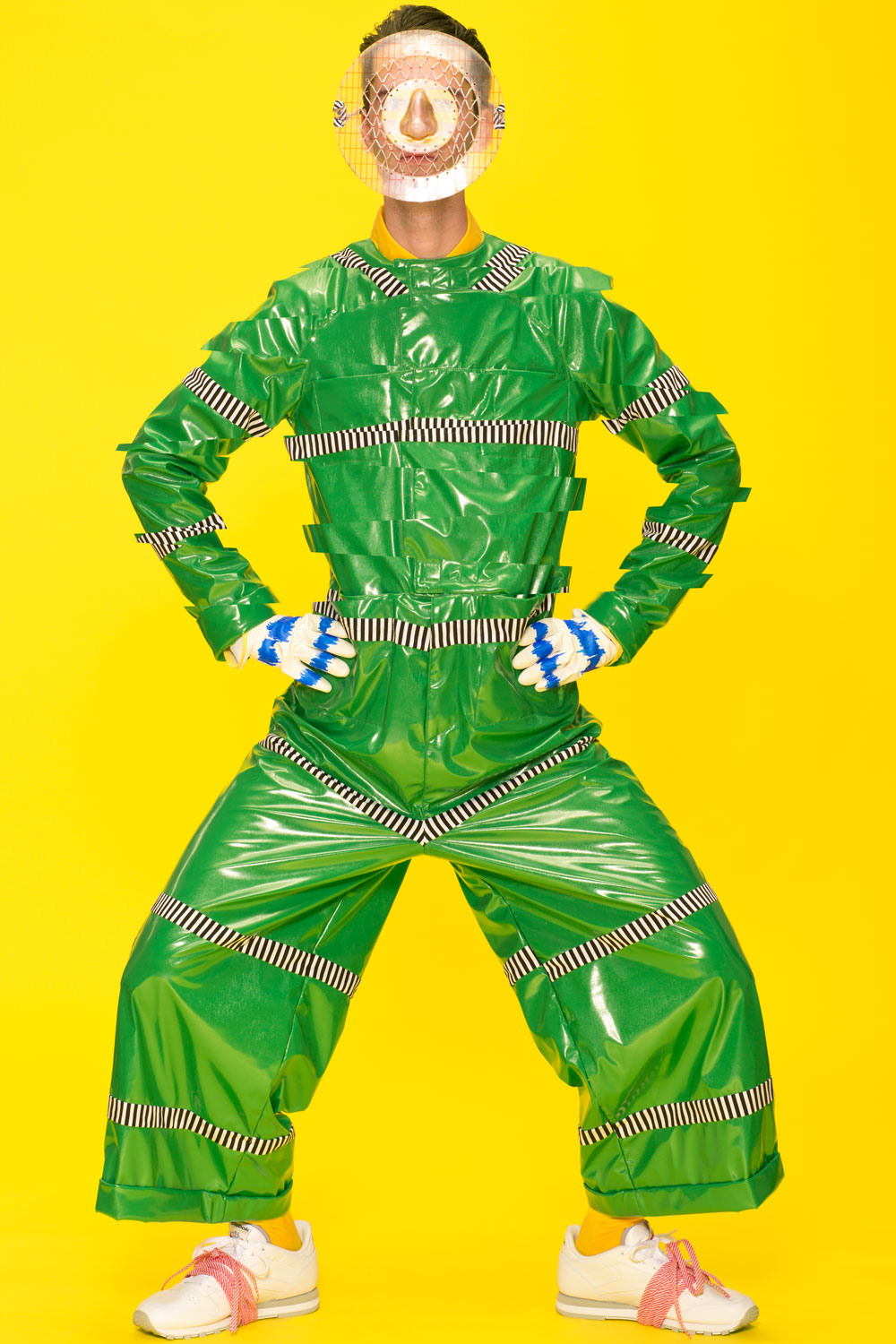
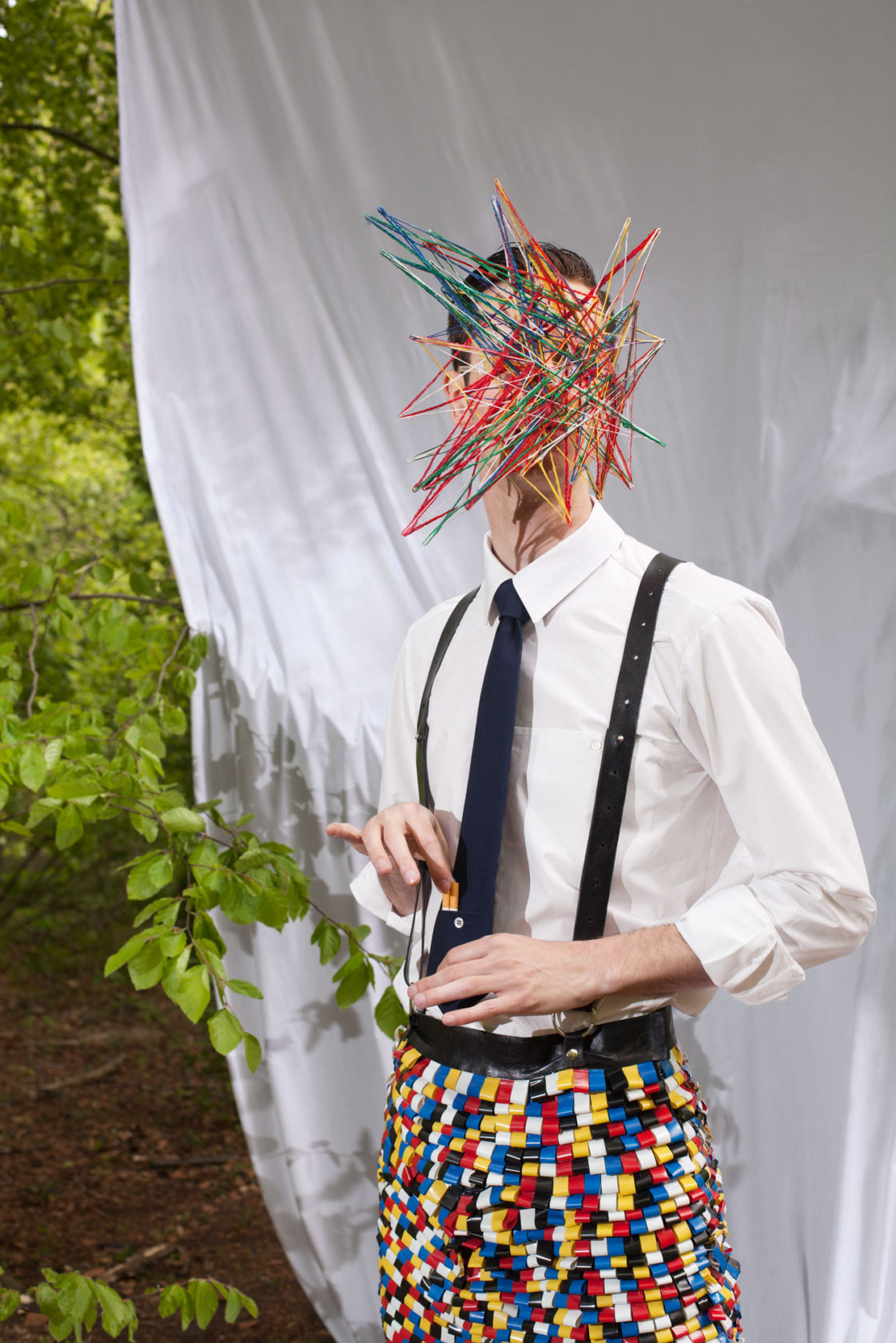
What kind of context now?
I think that my research is no longer (only) created within the fashion context, but is moving towards the visual arts, the sculptural to be specific. For the Project Zeeuws Museum x Das Leben am Haverkamp (17 february 2018 – 9 June 2019) I made, among other things, a totem pole; my first step towards the sculptural. I studied modeling, casting techniques and other material to create a 17-piece collection of objects. This project inspired me to further develop my research; is it possible at all to represent an alter ego in a sculpture or is that by definition too distant?

How do you ensure that the viewer recognizes a human alter ego in a sculpture?
I am still searching for that answer myself. My research started in December 2018 and it will certainly take another year and a half so I’m in the middle of it. I have been busy with small tests with three elements: modeling and casting clothes, putting certain facial and body characteristics in and leaving some out to see how you can put more recognisability into a sculpture while maintaining certain characteristics. By casting those into a life-size sculpture, the viewer links it to a person and becomes recognizable. I am investigating the mutual percentages of facial characteristics, body characteristics and (remnants of) clothing in a sculpture to see whether a sculpture remains a thing or engages a relationship with a person.
Are there features of the face or body that determine your identity more than others?
That is not an exact science, but I find noses more characteristic than eyes. A nose can have many different shapes, also from different angles, so I like to work with that. Ears too. And with regard to the body, I think that hands are very characteristic.
Did the outcome of your tests surprise you in any way?
Yes, quite a lot. Casting is always a surprise. The main thing that surprised me was the casting experiment with silicone. It’s a smooth and transparent material and very tactile, but also looks too articial for my research, which made me inclined to incorporate handicrafts into it to make it more personal and refined. For example, I poured beads and paper into the silicone and altered the tactility and artificiality of the material. The result made me curious and I think it makes people curious.
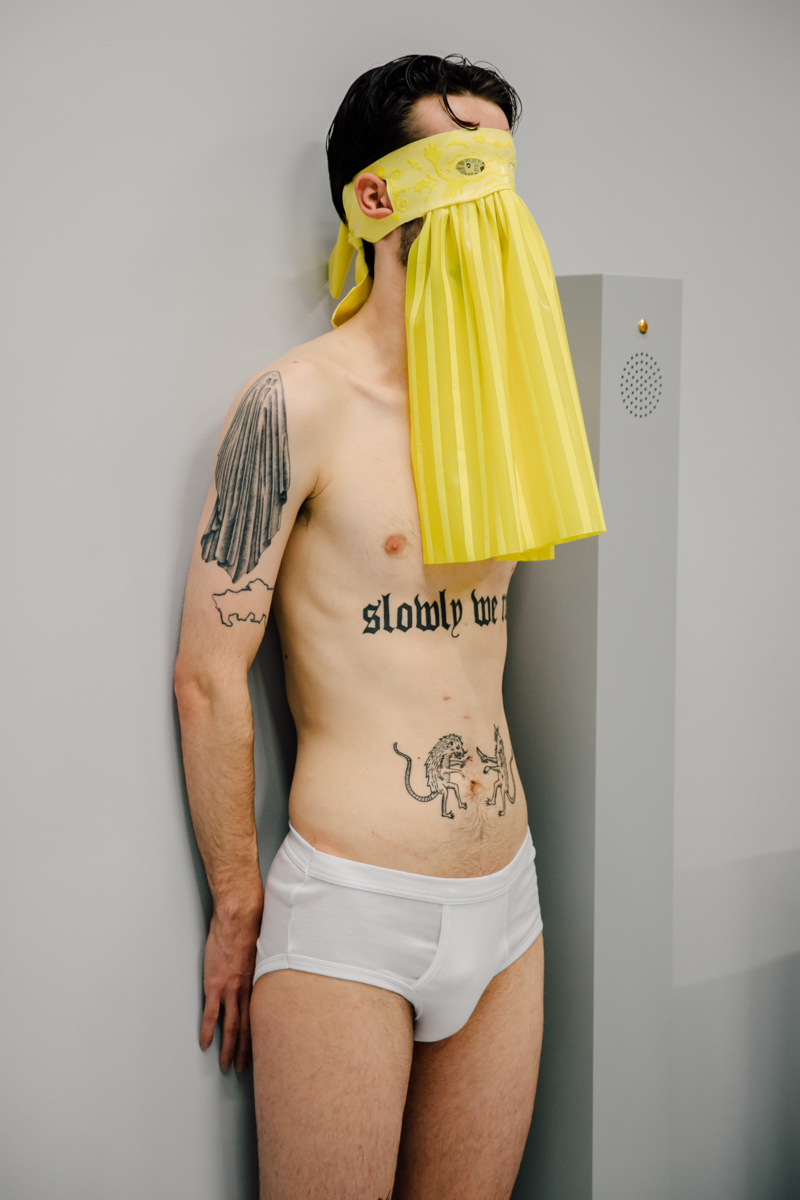
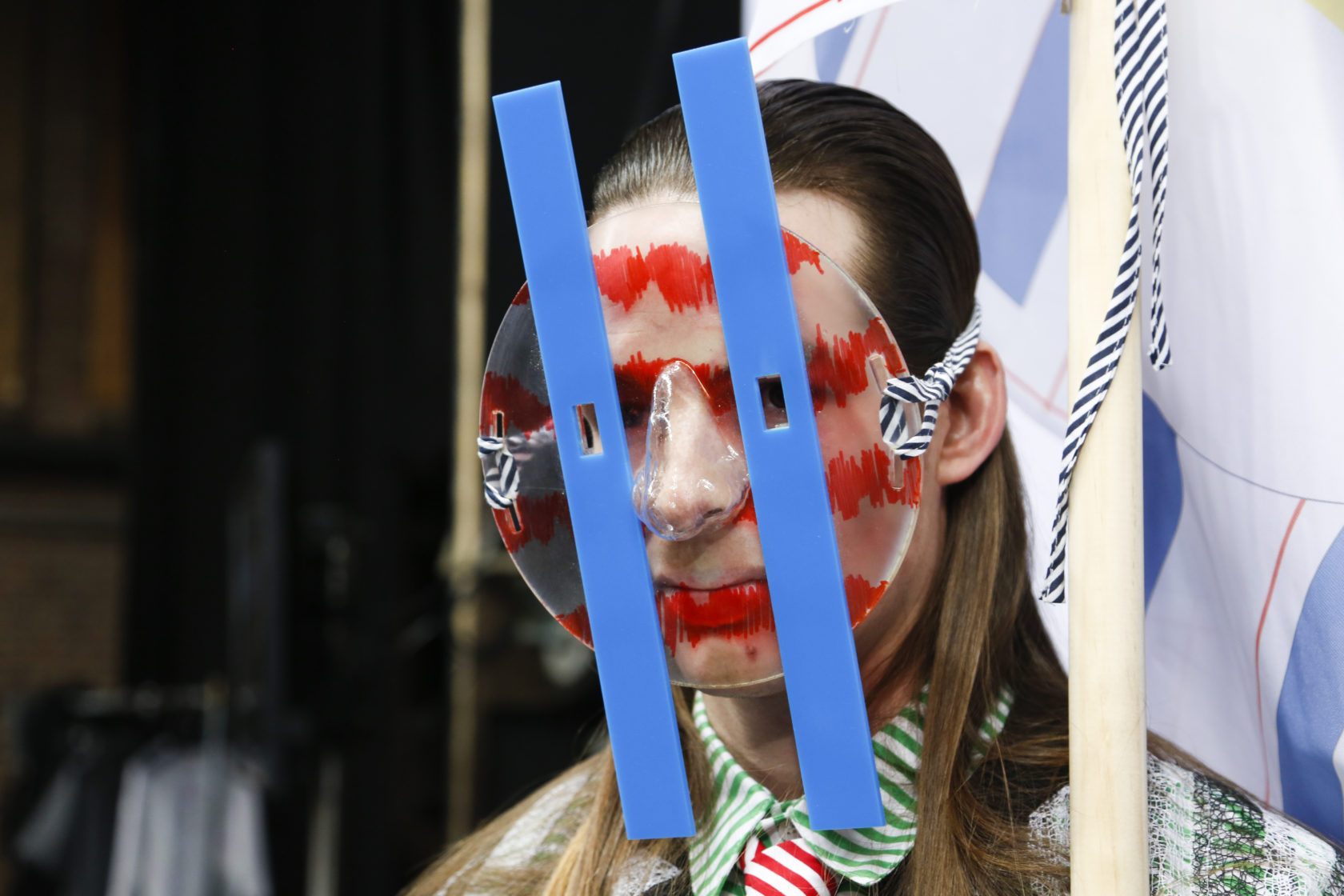
How do you make the viewer curious?
Bright colors and tactility of the material – wanting to touch it – are inviting. Although the bright colors can anonymize, they do have a strong appeal. For example, if I would exhibit this in flesh colors, it would be filthy and scary. I want my work to be approachable; lightness is important to me. The tactility makes it also personal for both the viewer and for me: I clay many elements and only then pour it off, so it doesn’t become merely a copy and I can show my ‘artistic gesture’. I do not want to scare people, but to invite them to enter into a dialogue.
What kind of dialogue do you hope for?
A dialogue about the feasibility of your identity, how it develops and until which extent people think it is acceptable. And where detachment begins and where it ends. I think it’s a good dialogue to have.
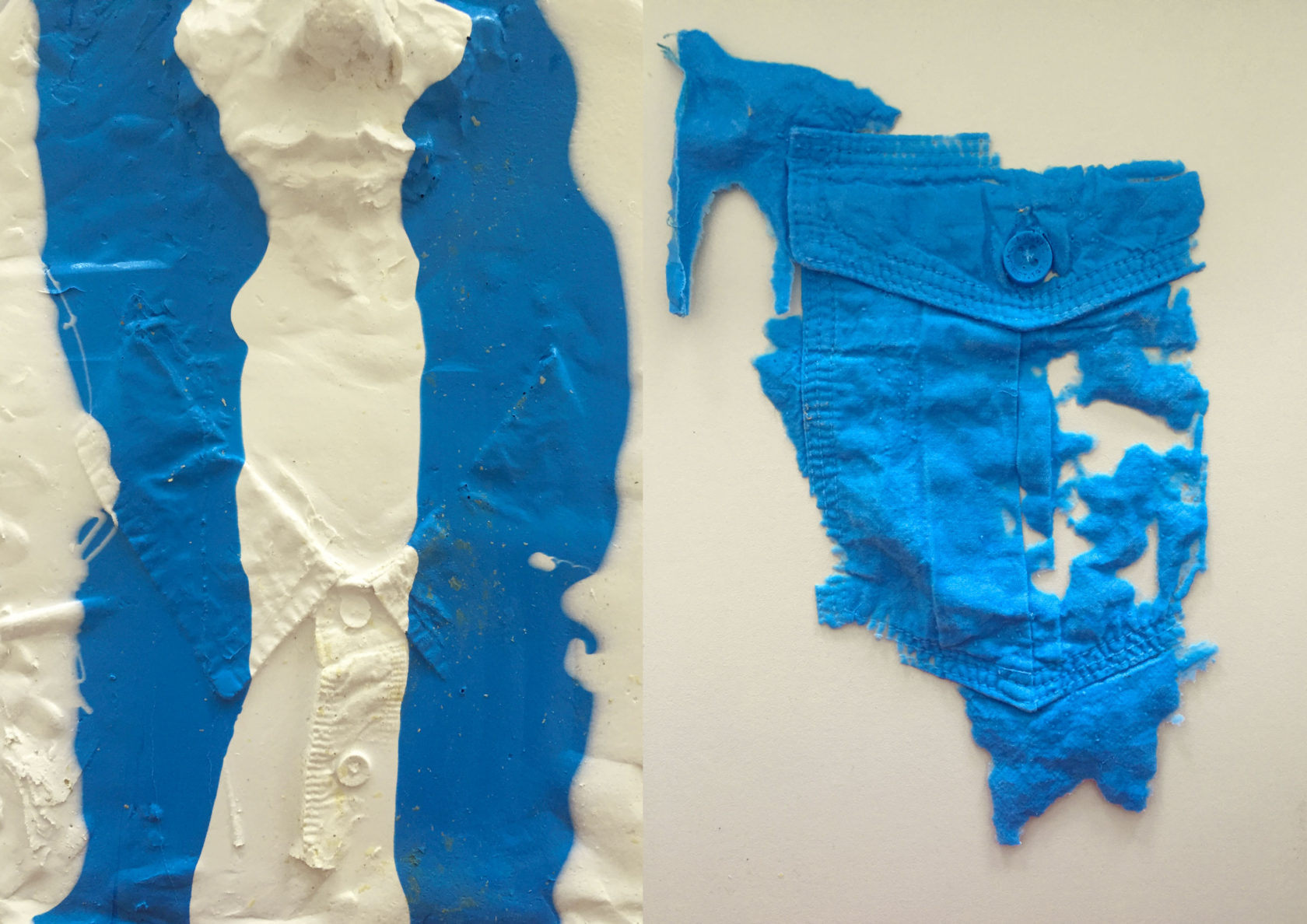
————————————–
In a collaboration between Jegens & Tevens and Stroom Den Haag a series of interviews will be published with (inter)national curators, artists and critics participating in Stroom’s Invest Week 2019.
The Invest Week is an annual 4-day program for artists who were granted the PRO Invest subsidy. This subsidy supports young artists based in The Hague in the development of their artistic practice and is aimed to keep artists and graduates of the art academy in the city of The Hague. In order to give the artists an extra incentive, Stroom organizes this week that consists of a public evening of talks, a program of studio visits, presentations and a number of informal meetings. The intent is to broaden the visibility of artists from The Hague through future exhibitions, presentations and exchange programs. The Invest Week 2019 will take place from 17th to 21th June.